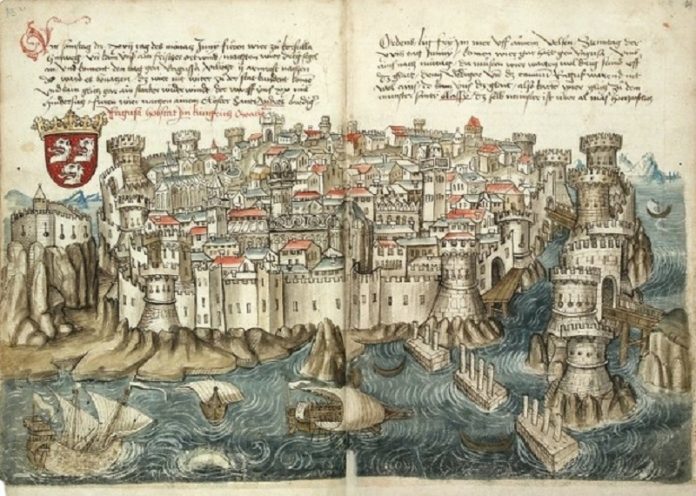
On July 27, 1377, the Grand Council of the Republic of Dubrovnik decided to open a quarantine to isolate travelers coming from areas infected with the disease. This is the first known case of opening quarantine in Europe and that is why this Dubrovnik decision has great historical significance in the field of health care.
It is known that the plague that struck Europe between 1348 and 1350, the so-called The Black Death, was probably the largest contagious epidemic in history. It is estimated to have killed between 30% and 60% of the entire European population, so perhaps up to 100 million people. It is also known that this plague spread from Asia to Europe by merchant ships. In order to prevent such epidemics in the future, it was logical to establish quarantines, in which travelers from foreign countries would stay for some time before they were allowed to enter the city. During this waiting time, it would be seen whether they were infected or not, thus preventing the spread of the disease.
Of the preserved historical documents, the Dubrovnik move is the first of its kind in Europe. The Grand Council, as the supreme political authority of the Republic of Dubrovnik, determined that all travelers from plague areas, regardless of whether they were born in Dubrovnik or foreigners, must stay for 30 days on the islands of Mrkan, Bobara and Supetar near Cavtat (subsequently extended to 40 days). . Later, the location of the quarantine changed. The last location, before the abolition of the Republic, was in Ploče, in today’s well-known Lazareti. The name Lazaret itself comes from the name of the beggar Lazarus from the Gospel of Luke. The name quarantine comes from the Italian word quaranta, which means 40 (according to the number of days that passengers had to spend in isolation).




